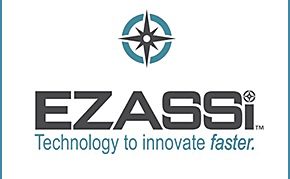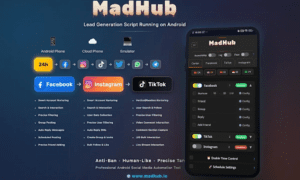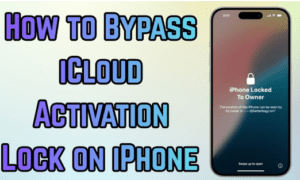In today’s digital age, nonprofit organizations rely heavily on technology to streamline their operations and maximize their impact. One critical aspect of nonprofit management is maintaining an updated and organized donor database. The donor database serves as the heart of the organization, enabling effective communication, targeted outreach, and personalized engagement. Leveraging technology can significantly enhance the management of this essential resource.
1. Adopt a Donor Management Software
Donor management software is a powerful tool that allows nonprofits to centralize and organize donor information, interactions, and contributions. This technology offers a range of features designed to simplify the process of maintaining a donor database.
- i) Segmentation and Personalization: Donors are diverse, with varying interests, preferences, and giving patterns. Donor management software enables organizations to segment their donor base based on demographics, giving history, and engagement level. This segmentation allows nonprofits to tailor their communications and appeals, resulting in more meaningful interactions. Personalized messages resonate more strongly with donors and can lead to increased engagement and donations.
- ii) Automation and Efficiency: Manual data entry and updates can be time-consuming and error-prone. Donor management software automates many tasks, such as data entry, gift processing, and acknowledgment emails. Automation not only saves time but also minimizes the risk of inaccuracies. This technology also helps nonprofits stay organized by providing reminders for follow-ups, thank-you notes, and upcoming events.
iii) Reporting and Analytics: Technology-driven donor management solutions offer robust reporting and analytics features. Nonprofits can generate comprehensive reports on fundraising campaigns, donor retention rates, and donation trends. These insights enable organizations to evaluate their strategies, identify areas for improvement, and make data-driven decisions to enhance their donor relations and fundraising efforts.
2. Implement a CRM System
A Customer Relationship Management (CRM) system tailored for nonprofits can be a game-changer when it comes to donor engagement and database management.
- i) 360-Degree View of Donors: A CRM system compiles a holistic profile of each donor by integrating data from various sources, including social media, email interactions, and event attendance. This comprehensive view allows nonprofits to better understand their donors’ preferences and engagement history, enabling them to tailor their outreach effectively.
- ii) Engagement Tracking: A CRM system tracks donor interactions and engagement across multiple touchpoints. This feature enables nonprofits to develop personalized engagement strategies based on the donor’s journey. For instance, if a donor regularly attends events but hasn’t made a donation recently, the organization can tailor communications to rekindle their interest.
iii) Workflow Automation: CRM systems offer workflow automation capabilities, streamlining processes like donor onboarding, communication scheduling, and reporting. These automation tools ensure that critical steps are not missed and that donors receive timely and relevant communications, fostering stronger relationships.
3. Utilize Donor Engagement Platforms
Digital platforms specifically designed for nonprofit fundraising and engagement provide innovative ways to maintain and expand your donor database.
- i) Online Giving Platforms: These platforms offer secure and user-friendly ways for donors to contribute online. They often integrate seamlessly with donor management systems, ensuring that donation data is automatically recorded and updated. Such platforms also make it easy for donors to set up recurring donations, increasing long-term support.
- ii) Crowdfunding and Peer-to-Peer Fundraising: Donor engagement platforms enable nonprofits to launch crowdfunding campaigns and empower supporters to raise funds on their behalf. These campaigns often attract new donors and engage existing ones by leveraging social networks and gamification.
iii) Virtual Events and Webinars: Technology allows nonprofits to host virtual events and webinars, expanding their reach beyond geographical limitations. These events not only provide value to donors through knowledge sharing but also serve as opportunities to capture new donor data and engage participants in a meaningful way.
Maintaining a well-organized and up-to-date donor database is crucial for nonprofit organizations to effectively engage with their supporters and achieve their mission. Technology offers nonprofits a range of tools and platforms to enhance their donor database management. From donor management software and CRM systems to donor engagement platforms, these technological solutions streamline operations, personalize interactions, and provide valuable insights. By harnessing the power of technology, nonprofit organizations can establish stronger donor relationships, drive sustainable fundraising efforts, and ultimately create a more significant impact in their communities.



































